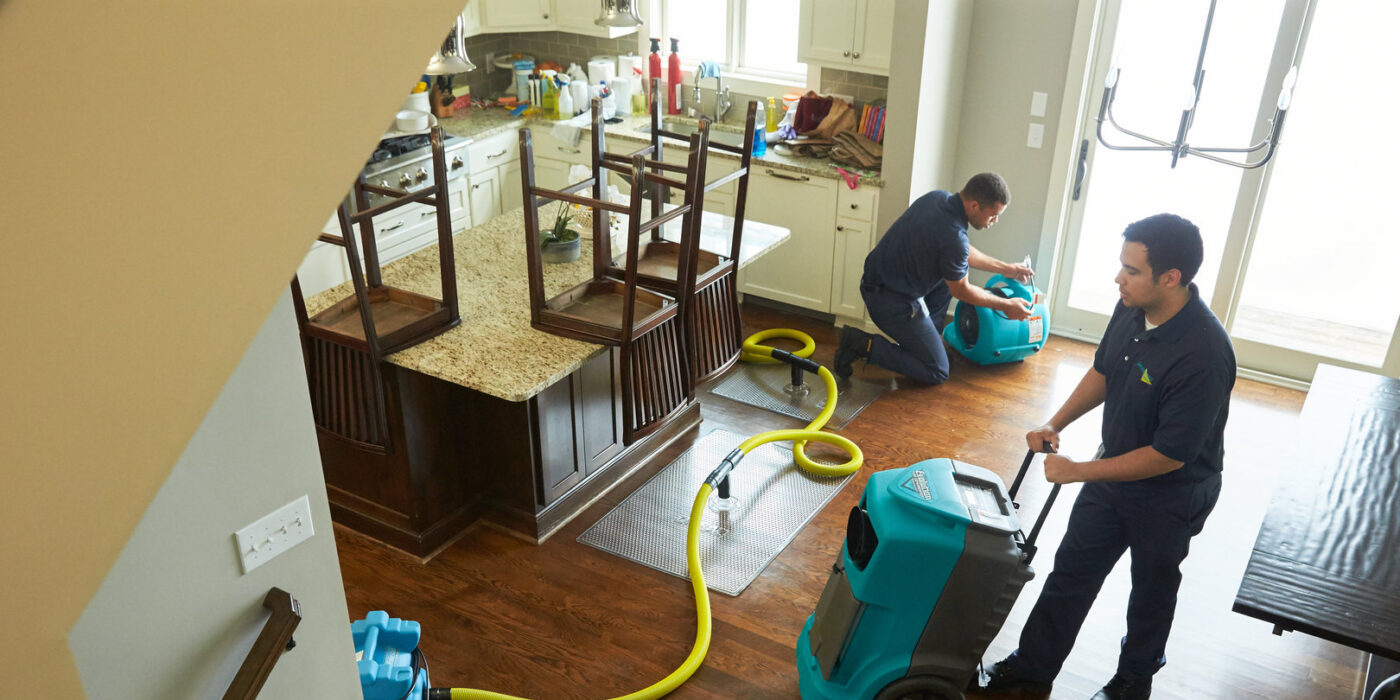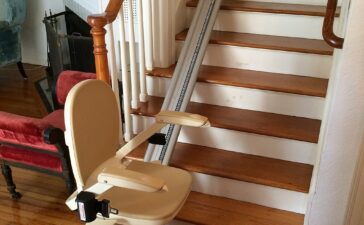Water damage can result because of several things. Few of the most common things which can damage your house with water are sewer lines burst, leakages in pipes, natural disaster, and accumulation of dampness in your house due to certain neglecting factors. If you do not take care of these things, there is a huge possibility of severe damage, and you will not be able to do anything afterwards. Therefore, it is important to take care of the things in advance and ensure that you are properly managing water damage effects to protect any further damage in your residential or commercial property. In this article, we will discuss the areas where water damage can severely effect, and how can you protect yourself. It is better to hire the services of a professional Valley Restoration & Construction company in this regard, as these people know what and how to do if there is a water disaster or damage to a property.
What areas to look for?
If you are concerned about water damage in your house, you must stay vigilant, and should be checking for any leakages and pipe damages. If you find anything, call for immediate help and take precautionary measures to prevent any further loss. Further, you must be extra careful about the areas and places where water damage can result in more loss. Following are the areas where water damage can have adverse effects.
- Plaster of your house. If there is any leakage, plaster will be compromised.
- Wood is the most sensitive part. Damage to wooden things will be irreparable.
- Floor coverings are also affected in a bad way and only a professional team can help you.
- Electrical wirings can start malfunctioning if there is a leakage inside walls.
Water damage restoration tips and tricks:
First, you should evaluate the damage which has happened to your house or commercial building as only then you can decide whether to take measures on your own, or to hire the services of an expert Valley Restoration & Construction. Following are some expert tips to follow in this regard.
- Check the volume of water which is affecting your house. If it is just a small leakage, you can definitely manage it on your own.
- Check the outlets from where the water is coming to leakage spots. Disconnect those outlets and inspect for mold or other fungus strains in the area to assess the level of damage.
- Before you do anything, it is better to dry everything out and remove the effected materials. If there is a wooden furniture that is affected, you should immediately remove it.
- Use a professional team and take help from experts to disinfect the area and help you restore the area to its natural condition.






